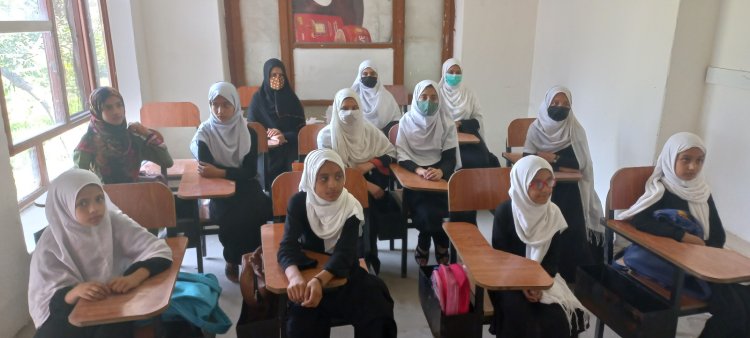Afghanistan’s Third Kankor Exam Without Girls: Education in Crisis

On Sunday, July 20, Afghanistan’s national university entrance exam (Kankor) results were announced, with Sayed Musa from Kabul securing the top national score with 356.57 points. However, for the third consecutive year, girls were barred from participating in this critical academic event—highlighting the deepening crisis in education and human rights under the Taliban regime.
Shortly after returning to power in August 2021, the Taliban banned girls from attending secondary school beyond grade six. The last time Afghan girls were allowed to sit for the Kankor was in 2022. But soon after those results were announced, women's universities were shuttered by a directive from the Taliban’s leader. The decision—sudden and lacking any alternative plan—deprived thousands of young women of their right to continue their education and left their futures in limbo.
From the standpoint of international law, education is a fundamental right enshrined in the Convention on the Rights of the Child and the Universal Declaration of Human Rights. The systematic exclusion of girls from secondary and higher education constitutes a blatant violation of these rights and has far-reaching, irreparable consequences.
According to UNESCO, over 1.5 million Afghan girls are currently denied access to secondary education. This situation has drastically reduced the country’s human capital, undermined social stability, stunted cultural development, and harmed the mental health of Afghan girls.
The United Nations reports that nearly 70 percent of Afghan women have experienced heightened anxiety and depression since the Taliban’s return to power—driven in part by educational and social restrictions.
Moreover, the education ban is directly linked to a rise in early and forced marriages. The UN has reported that as of 2021, 35% of Afghan girls were married before the age of 18, and 17% before the age of 15. These numbers have increased under Taliban rule. Between December 2022 and February 2023 alone, there were 578 reported cases of forced marriage, including 361 child marriages.
The ban on girls’ education has also sharply widened the gender gap and its impact will echo across generations. These restrictions not only eliminate equal opportunities but also stall social and economic development and reinforce structural inequality.
A recent global study, published on January 3, 2025, estimated that the ban on education and employment for Afghan women and girls is costing the country around $1.4 billion annually—equivalent to 2% of its GDP.
Despite these severe limitations, families, women’s rights activists, and civil society organizations inside and outside Afghanistan have launched various initiatives to keep girls engaged in education and empowerment.
One of the most prominent strategies has been online and distance learning. Many Afghan educators and activists now run virtual classes in subjects such as foreign languages, mathematics, and science in an effort to fill the void left by formal education.
Vocational and technical skills training—such as tailoring, cosmetology, and handicrafts—has also become a means of economic empowerment for girls.
Additionally, some families are supporting their daughters in launching home-based businesses and small-scale income-generating activities to help them gain financial independence.
In some cases, families are seeking educational migration opportunities for their daughters, hoping to enable them to study abroad. Although this path is expensive and difficult, it remains one of the few remaining hopes for formal education.
Despite repeated appeals by international organizations, human rights bodies, and activists urging the reopening of girls’ schools and the restoration of educational rights, the Taliban has yet to respond. The ongoing education ban is a stark violation of basic human rights and poses a serious threat to the future of Afghanistan’s coming generations.
